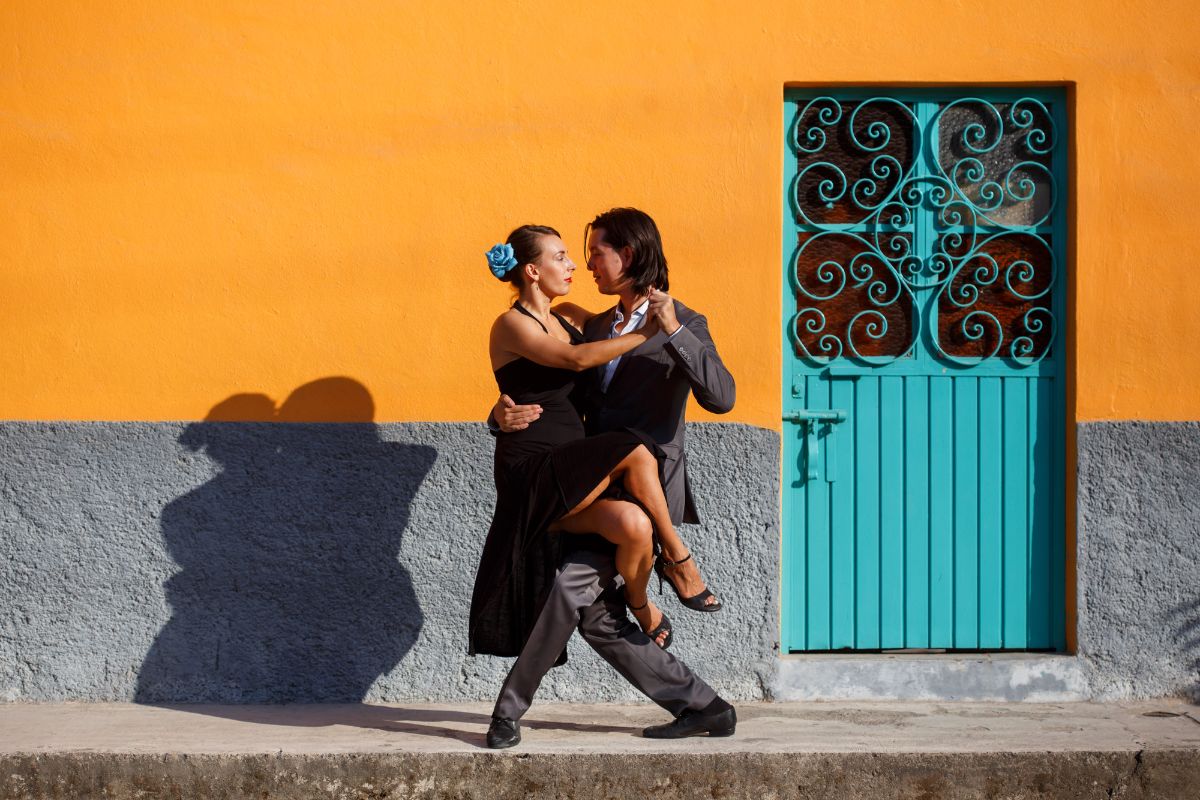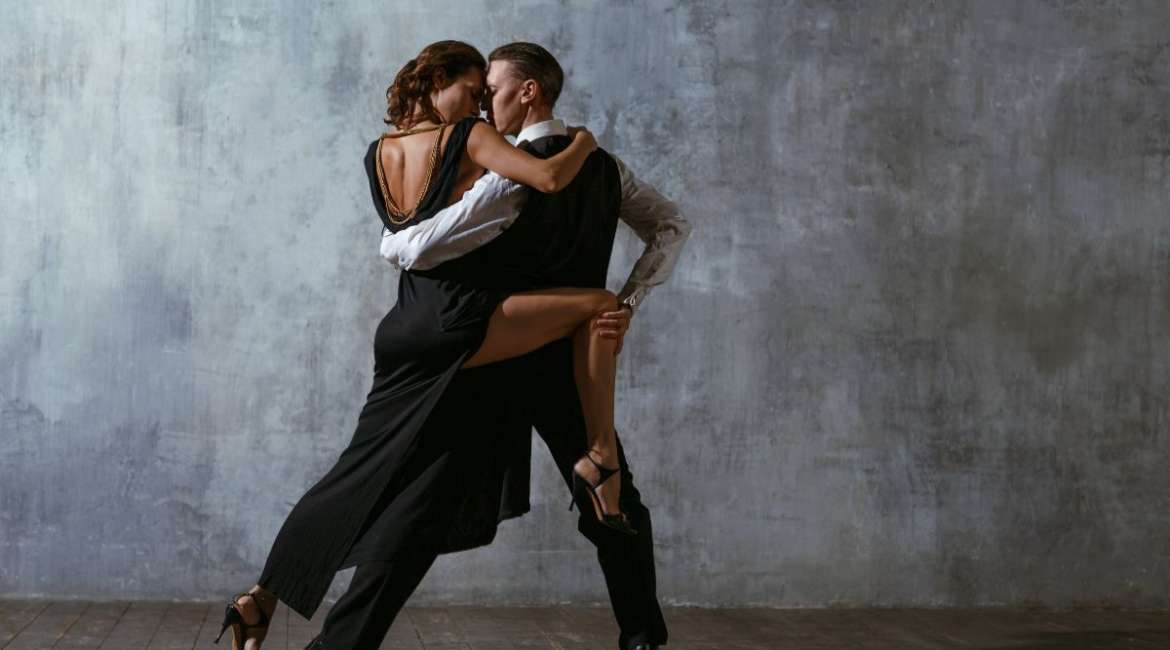Tango, often referred to as the dance of passion and romance, is a captivating ballroom dance that originated in the vibrant streets of Buenos Aires, Argentina, in the early twentieth century. With its sultry movements and emotional intensity, the tango has enchanted dancers and audiences worldwide. This article explores the rich history, cultural significance, music, various styles, and techniques of tango, along with practical guidance on how to learn and appreciate this extraordinary dance.
Understanding the Essence of Tango
At its core, tango is not just a dance; it is a form of expression, a narrative woven through the synchronized movements of its dancers. Traditionally performed by a man and a woman, tango embodies a unique connection that transcends mere steps. Initially, tango was a dance performed solely by women, allowing them to express their emotions and desires in a society that often restricted such displays. However, as the dance spread beyond Buenos Aires, it evolved into a couple’s dance that highlighted the chemistry and interplay between partners.
The Historical Roots of Tango
The origins of tango are deeply intertwined with the cultural tapestry of Argentina. Emerging in the late 19th century, the dance drew influence from various musical and dance forms brought by Spanish settlers, African rhythms, and the immigrant communities that populated Buenos Aires. The early tango was often associated with the working-class neighborhoods and brothels of the city, where it served as a form of entertainment and a means of social connection.
As tango began to gain popularity, it underwent significant transformations. In the early 1900s, the dance spread to Europe, captivating audiences and dancers alike. Its introduction to Paris in 1910 marked a pivotal moment in tango history, as it quickly became a fashionable dance in elite social circles. This international exposure contributed to the evolution of tango into its various styles and forms, as different cultures infused their unique elements into the dance.
The Rise of Tango in the United States
By the 1910s, tango had made its way to the United States, where it experienced a meteoric rise in popularity. Dance halls and ballrooms across the nation began to feature tango nights, drawing in enthusiastic dancers eager to learn this new and exotic style. The 1920s saw the emergence of tango as a mainstream dance, with famous venues like the Savoy Ballroom in Harlem showcasing tango performances alongside jazz and swing.
Despite facing periods of decline in popularity due to changing dance trends, tango experienced a resurgence in the late 20th century. This revival was fueled by movies, music, and international festivals that celebrated the beauty and intricacies of tango dancing. Films like “Scent of a Woman,” “Shall We Dance,” and “True Lies” helped introduce the dance to new generations, further solidifying its status as a cultural phenomenon.

The Enchantment of Tango Music
Tango music is as integral to the dance as the movements themselves. Characterized by its distinctive rhythm and emotive melodies, tango music often features instruments such as the bandoneón, violin, piano, and guitar. The music’s driving force evokes a sense of longing, passion, and drama, perfectly complementing the intricate choreography of tango.
Argentine tango shares its working-class origins with American jazz, creating a fascinating interplay between the two genres. Renowned composer Astor Piazzolla revolutionized tango music by incorporating elements of jazz and classical music, introducing a modern twist to the traditional sound. While his innovations were initially met with skepticism from tango purists, Piazzolla’s compositions eventually gained recognition and acclaim, bridging the gap between old and new tango.
The Styles and Techniques of Tango
Tango encompasses a diverse array of styles, each with its own unique flair and characteristics. While Argentine Tango is known for its intimacy and fluidity, there are several other styles, including:
Argentine Tango
This is the original form of tango, characterized by its close embrace and improvisational nature. Dancers often remain connected at the chest or hips, allowing for a deep connection that enhances the emotional expression of the dance. Argentine Tango places a strong emphasis on musicality, encouraging dancers to interpret the music in their own way.
Ballroom Tango
Derived from Argentine Tango, ballroom tango is more structured and features a distinct eight-count step pattern: slow, slow, quick, quick, slow. This style is often performed in competitive settings and emphasizes dramatic movements, including head snaps and strong postures. While it retains elements of Argentine Tango, ballroom tango is more formal and less improvisational.
Other Tango Styles
Beyond Argentine and ballroom tango, there are several other notable styles, including:
- Tango Nuevo: A modern interpretation of tango that encourages innovative movements and incorporates elements from other dance forms.
- Milonga: A faster-paced style of tango that emphasizes rhythmic footwork and lively movements.
- Canyengue: A traditional style rooted in the African heritage of tango, characterized by a playful and energetic approach.
Regardless of the style, tango is marked by its emphasis on connection between partners and a profound connection to the music.
Learning the Art of Tango
Learning tango can be a rewarding experience, whether you’re a beginner or have some dance background. Here are some tips on how to get started:
Finding a Dance Class
The best way to learn tango is to enroll in a class at a local dance studio. Many studios offer introductory courses specifically designed for beginners. These classes provide a structured environment where you can learn the fundamental steps, techniques, and musicality of tango.
Practicing with a Partner
Tango is a partner dance, and practicing with a partner is essential for developing your skills. Whether it’s a friend, family member, or fellow dancer, having a regular practice partner allows you to refine your connection and understanding of the dance.
Utilizing Online Resources
In addition to in-person classes, numerous online resources are available for those looking to learn tango from home. Video tutorials, instructional DVDs, and online workshops can provide valuable insights into the techniques and styles of tango. However, it’s recommended to supplement online learning with live classes whenever possible to receive personalized feedback and guidance.
Embracing the Culture
Tango is more than just a dance; it’s a cultural experience. Embrace the history and traditions surrounding tango by attending milongas (tango social dance events), listening to tango music, and exploring the stories behind the dance. Engaging with the culture will deepen your appreciation for tango and enhance your dance experience.
The Social Aspects of Tango
Tango is inherently social, and much of its charm lies in the connections forged between dancers. The tango community is welcoming and inclusive, providing opportunities for dancers of all levels to come together and share their passion for the dance.
Milongas: The Heart of Tango Socializing
Milongas are social dance events where tango enthusiasts gather to dance, socialize, and connect. These events often feature live music or DJs playing tango music, creating a lively atmosphere for dancing. At a milonga, dancers follow specific etiquette, such as inviting partners to dance and respecting the floor’s flow. Milongas are an excellent way to meet fellow dancers, practice your skills, and immerse yourself in the tango culture.
The Role of Connection in Tango
Tango is unique in its emphasis on connection between partners. The dance fosters a deep sense of intimacy and understanding, allowing dancers to communicate through movement and expression. This connection is not limited to the physical; it extends to an emotional bond that enhances the overall experience of tango. Many dancers describe the feeling of dancing tango as transcendent, as it allows them to connect with their partner and the music on a profound level.

The Global Impact of Tango
Tango’s influence extends far beyond Argentina, having captivated audiences and dancers around the globe. From dance competitions to cultural festivals, tango has become a symbol of passion and artistry that transcends borders.
Tango Festivals and Competitions
Around the world, numerous tango festivals and competitions celebrate the dance and its vibrant culture. These events bring together dancers from diverse backgrounds, allowing them to showcase their skills and share their love for tango. Festivals often feature workshops, performances, and social dancing, creating an immersive experience for participants and spectators alike.
Tango in Film and Popular Culture
Tango has also left a significant mark on popular culture, particularly in film and music. Iconic movies featuring tango scenes, such as “The Tango Lesson” and “Assassination Tango,” have further popularized the dance and introduced it to new audiences. Additionally, the music of tango has influenced various genres, with artists incorporating tango elements into their compositions, showcasing the dance’s versatility and cultural richness.
The Future of Tango
As tango continues to evolve, its future remains bright. The dance’s adaptability and timeless allure ensure its relevance in contemporary culture. Emerging styles, innovative choreographies, and cross-genre collaborations are all part of tango’s dynamic landscape, reflecting the ongoing dialogue between tradition and modernity.
Embracing Diversity in Tango
The tango community has become increasingly diverse, welcoming dancers of all backgrounds, ages, and skill levels. This inclusivity fosters a sense of unity and creativity, as dancers share their unique interpretations and experiences. The embrace of diversity ensures that tango remains a living art form, continuously evolving while honoring its rich history.
Preserving the Heritage of Tango
While tango embraces innovation, preserving its cultural heritage is equally essential. Dance schools, organizations, and enthusiasts work tirelessly to maintain the traditions and techniques that define tango. Efforts to document and share the history of tango, including oral histories and archives, ensure that future generations can appreciate the dance’s roots and significance.
Conclusion
Tango is more than just a dance; it is a powerful expression of emotion, culture, and connection. From its humble origins in Buenos Aires to its status as a global phenomenon, tango continues to captivate hearts and minds around the world. Whether you are a seasoned dancer or a curious beginner, the allure of tango invites you to step onto the dance floor, embrace the rhythm, and experience the passion that defines this extraordinary art form.


Leave a reply